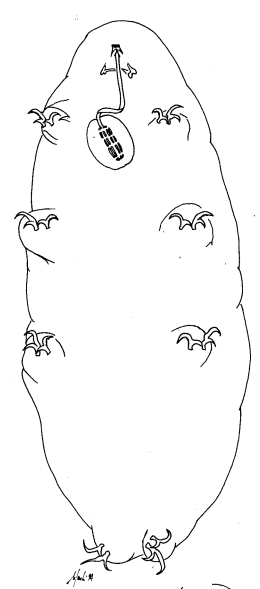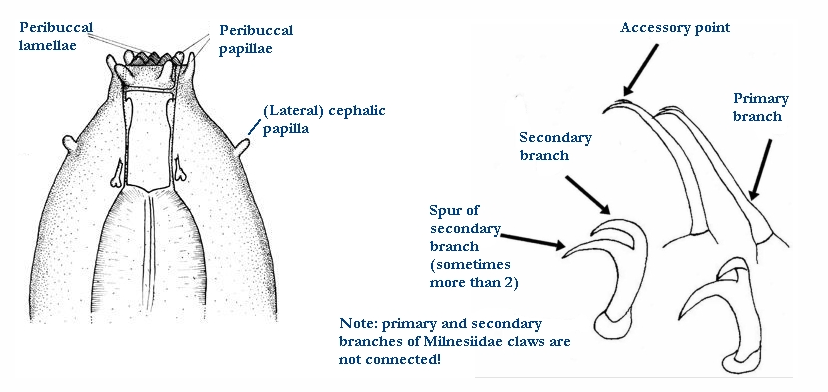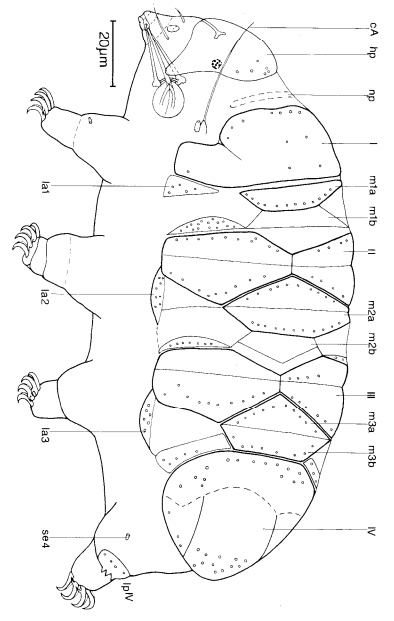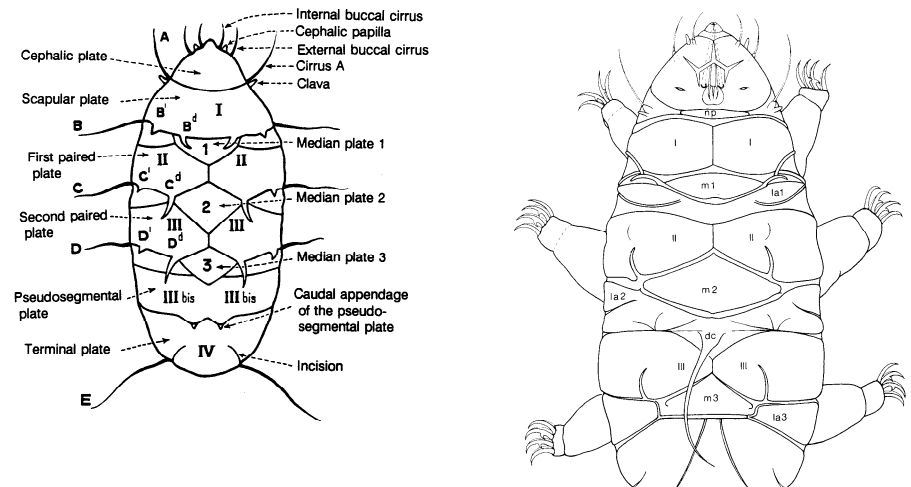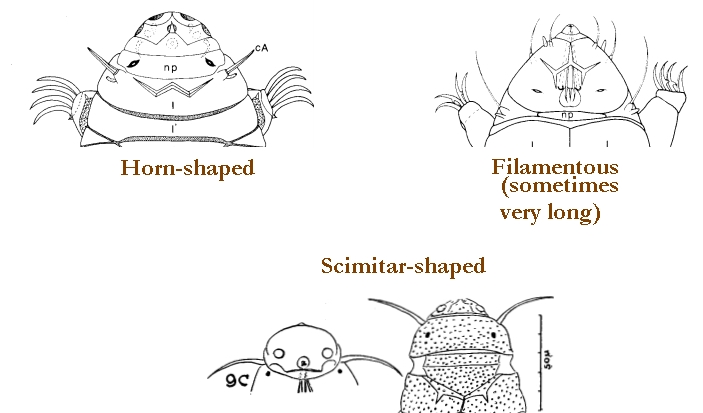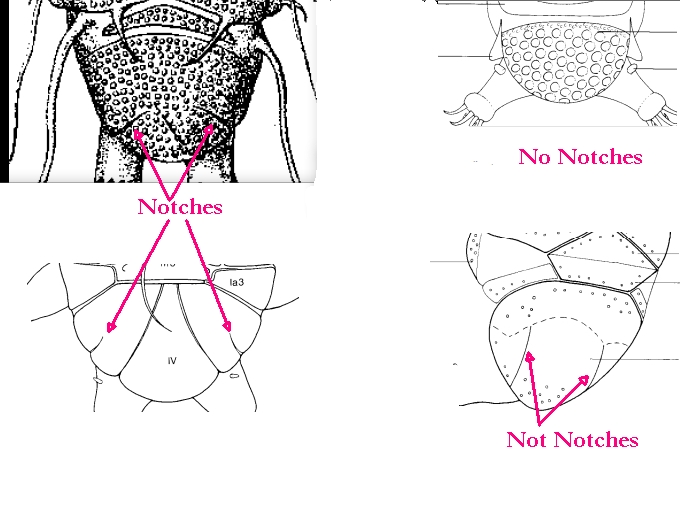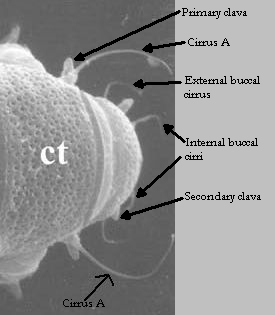Genus description from Plate 1888: “Diese Gattung hat grosse Aehnlichkeit mit Macrobiotus oberhäuseri, aber der kleine, runde Schlundkopf sitzt in der Mitte des Oesophagus. Das Gebiss ist zart. […] An jedem Bein 2 Doppelhaken, deren krallen am Grunde verwachsen sind.”
Translated: This genus is very similar to Macrobiotus oberhäuseri, but the small, round pharynx sits in the middle of the esophagus. The denture is delicate. On each leg there are 2 double-claws, whose branches are fused at the bottom.
Genus description from Bertolani et al. 2014: As subfamily Diphasconinae.
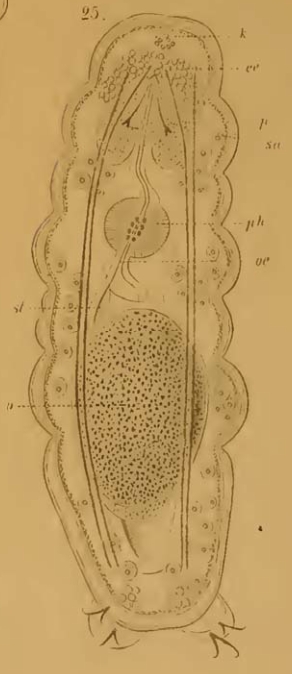
Citations:
Bertolani R, Guidetti R, Marchioro T, Altiero T, Rebecchi L, Cesari M. 2014. Phyloeny of Eutardigrada: New molecular data and their morphological support lead to the identification of new evolutionary lineages. Molecular Phylogenetics and Evolution. 76: 110-126.
Pilato G. 1969. Schema per una nuova sistemazione delle famiglie e dei generi degli Eutardigrada. Bollettino delle Sedute della Accademia Gioenia di Scienze Naturali in Catania, Series IV. 10 (277): 181-193.
Plate LH. 1888. Beiträge zur Naturgeschichte der Tardigraden. Zoologische Jahrbücher, Abteilung für Anatomie und Ontogenie der Tiere. 3: 487-550.
